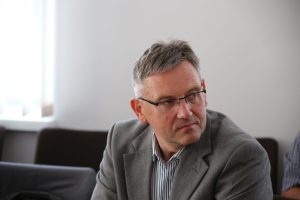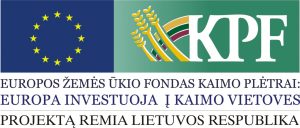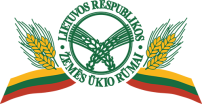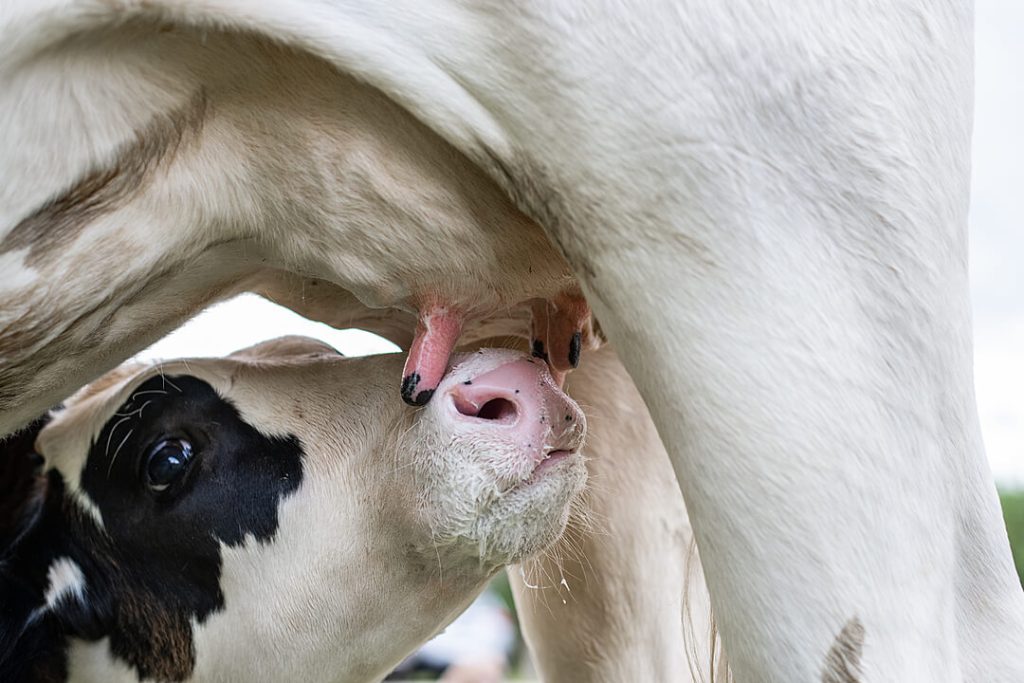Dairy cattle farming faces increasing challenges today. One is inflammation of the udder (mastitis), which is treated with antibiotics. Another problem is the high number of somatic cells in milk, which means that milk from farms is either bought back at a much lower price or is disposed of. This results in significant financial losses. These two problems are of particular concern for dairy farms, regardless of the number of cows kept. The number of somatic cells on farms varies according to the selection of the animals on the farm, the hygiene of milking and the health of the animals. To reduce somatic cell counts, a set of management measures is necessary. In addition to the genetics of the animals, milking hygiene, the competence of the milkers and the milking equipment must be taken into account. The competence of the staff is one of the factors to reduce this problem. Genetics also plays a major role in reducing the incidence of mastitis in future offspring. The animal’s immunity can be strengthened by means of special feed supplements that reduce the number of somatic cells.
A project initiated by the Chamber of Agriculture of the Republic of Lithuania „Measures to reduce the number of mastitis and somatic cells in milk, while reducing the use of antibiotics in the treatment of mastitis on farms” under the measure of the Lithuanian Rural Development Programme 2014-2020 “Cooperation” Operational Area “Support for the establishment and development of EIP Action Groups”, the aim of the project, to demonstrate a model of innovative interventions to reduce somatic cell and mastitis incidence and antibiotic use, with the aim of increasing farm efficiency and resource sustainability, was achieved thanks to the good cooperation between dairy farms and agribusinesses, with the support of scientific institutions and consultants.
Applied innovation
The project has provided integrated solutions ranging from genetics to sanitary prophylactic measures to tackle mastitis and to reduce somatic cell counts in milk. This is an innovative and integrated approach to existing problems, which opens up a much wider range of possibilities for farms to produce cleaner and healthier milk on their farms. The innovative package of measures introduced has led to a reduction in the use of antibiotics in the treatment of livestock, which has led to a reduction in the number of milk rejections and a reduction in the number of animals culled. The introduction of such innovations not only saves a lot of financial resources on farms, but also helps to identify the main problems on the farm in order to achieve healthier milk. The innovation of the project relates to the sustainability of the future herd to be created, thanks to targeted genetics and a complex approach to the dairy animal. The innovative package of measures developed through the project ensures a competitive advantage for dairy producers compared to other agricultural operators in the dairy market.
Achieved results
Combining the knowledge, capacity and experience of advisory and scientific institutions and agricultural operators, trials have been carried out to demonstrate a model of innovative interventions that reduce the number of somatic cell and mastitis cases and the use of antibiotics, which has increased farm efficiency and sustainability of resource use.
“The innovation has clearly resulted in healthier animals on the farm, with a significant reduction in the number of animals with high somatic counts, which has led to higher milk sales. The project has developed practical recommendations for the introduction of a set of new approaches to improve the sustainability, productivity and competitiveness of the dairy sector, and recommendations on how to address the challenge for dairy producers to reduce somatic cell and mastitis disease, thus contributing to the European Green Deal. Today, it is crucial for agricultural operators to apply innovation and scientific advances to their farms and to cooperate not only with each other, but also with scientific institutions and consultants” – notes project leader dr. Edvardas Gedgaudas.

Dr. Edvardas Gedgaudas


